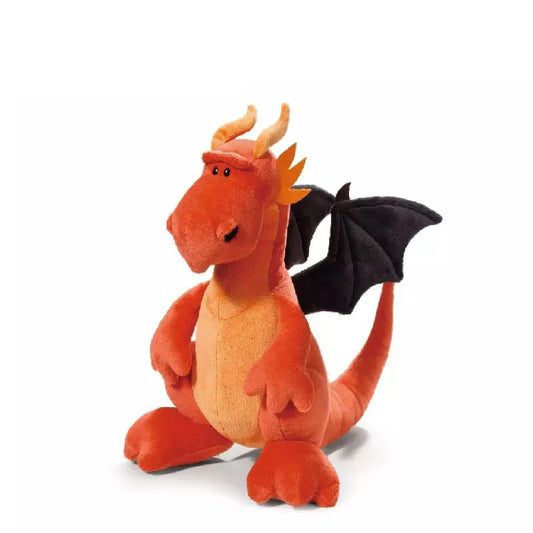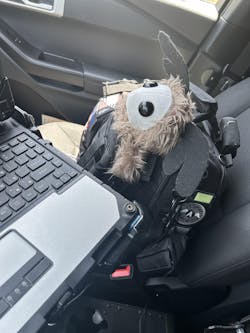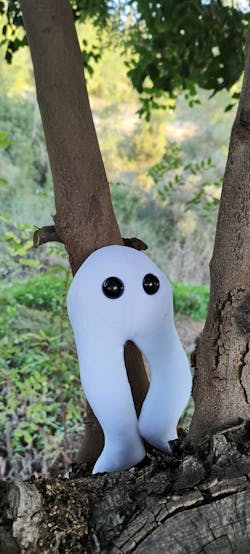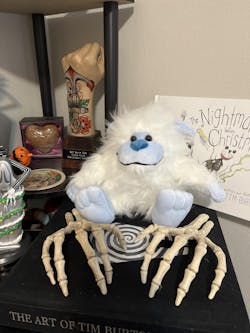Cryptids are creatures that are often rumored to exist but have never been proven to be real. Bigfoot, the Loch Ness Monster, and Chupacabra are all examples of cryptids. However,
Cryptids are creatures that are often rumored to exist but have never been proven to be real. Bigfoot, the Loch Ness Monster, and Chupacabra are all examples of cryptids. However, sometimes these creatures actually turn out to be real! In this blog post, we will discuss 10 cryptids that were later proven to be real. Stay tuned for some interesting information about each of these creatures!
The Giant Squid
This cryptid was first reported by ancient sailors, who believed they had seen a giant sea monster while out at sea. For centuries, scientists were skeptical of these claims, until in 1853 when the first giant squid carcass was discovered and photographed. Since then, more and more evidence of this creature has been found, proving that it is real.
The Okapi
This cryptid was first reported by European explorers in 1901. At the time, they dismissed the sightings as being merely a type of zebra. However, in 1901 an okapi skin was sent to London and scientists were able to prove that this creature was real. Today, the okapi is recognized as the only living relative of the giraffe.
The Giant Armadillo
This cryptid was first reported by European explorers in South America in 1599. For centuries, reports of this creature were dismissed as being some other type of armadillo due to its large size. It wasn’t until 1854 that a giant armadillo was found and officially recognized as a new species.
The Coelacanth
This cryptid was first reported by South African fishermen in 1938, who had caught a strange looking fish with fins that looked like legs. Scientists thought this creature had gone extinct during the dinosaur age, but eventually realized it was still alive. In 1938, the first coelacanth was caught and scientists were able to prove that this creature was real.
The Komodo Dragon
This cryptid was first reported by Dutch sailors in 1910 on an island called Komodo. At the time it was believed to be a dragon-like creature but most people dismissed it as a myth. It wasn’t until 1912 when a Komodo dragon was captured and sent to the Zoological Museum in Jakarta, that it was proven to be real. Now this creature is recognized as one of the largest lizards in the world.
The Giant Otter
This cryptid was first reported by Spanish explorers in 1599. For centuries, reports of this creature were dismissed as being some other type of animal due to its large size. It wasn’t until 1836 when a giant otter carcass was found and scientifically examined that it was recognized as a new species. Today, the giant otter is considered a vulnerable species.
The Giant Aye-Aye
This cryptid was first reported by African sailors in 1785. At the time, it was believed to be some type of large rodent but most people dismissed it as a myth. It wasn’t until 1837 when an aye-aye was discovered and sent to the Natural History Museum in London that it was proven to be real. Today, the aye-aye is recognized as one of the world’s most unusual primate species.
The Thylacine
This cryptid was first reported by European settlers in Australia in 1808. For centuries, reports of this creature were dismissed as being some other type of animal due to its fierce appearance. It wasn’t until 1836 when a thylacine carcass was discovered and scientifically examined that it was recognized as a new species. Today, the thylacine is considered extinct.
The Saola
This cryptid was first reported by Vietnamese hunters in 1992. At the time, it was believed to be some type of large antelope but most people dismissed it as a myth. It wasn’t until 1994 when an saola skull was discovered and sent to scientists at the World Conservation Union that it was proven to be real. Today, the saola is recognized as one of the world’s rarest mammals.
The Mongolian Death Worm
This cryptid was first reported by Mongolian nomads in the Gobi Desert of Mongolia in 1921. At the time, it was believed to be some type of giant worm but most people dismissed it as a myth. It wasn’t until 2003 when a Mongolian death worm specimen was found and sent to scientists at the American Museum of Natural History that it was proven to be real. Today, the Mongolian death worm is recognized as one of the world's most mysterious creatures.
By exploring cryptids, we can learn more about our planet and its history. Cryptids are a source of wonder and fascination for many people and often act as catalysts for further research into the unknown. Cryptids should not be dismissed as myths but rather seen as an opportunity to discover something new and exciting about the natural world.
Pursuing cryptids can lead us to uncover truths about science, history, and our environment that might have otherwise gone unnoticed. Cryptids are a reminder of how much we still have to learn about our planet and can offer us a glimpse into the mysterious world that lies beyond what we already know. Whether cryptids are real or not, they will always remain a source of wonder and fascination in our minds.
In conclusion, though some may argue that these creatures are mythical, there is proof that many “cryptids” are in fact real animals. More research is needed to uncover the mysteries of these creatures and it is likely that we will continue to find more as science progresses. Cryptids offer an exciting glimpse into our past and future, and remind us that there is still much to explore on this wonderful planet of ours.
This is why cryptids should be taken seriously, and why we must continue to investigate and research them in order to uncover the truth. Who knows? Maybe one day we will find definitive proof of a cryptid’s existence!
 Sold out
Sold out



























